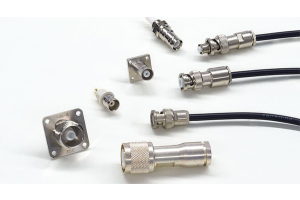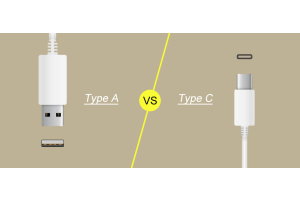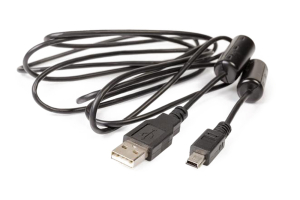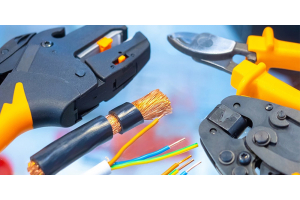RF Coaxial Connectors 101: A Beginner's Guide

With the introduction of new 5G RF connectors for 5G wireless connectivity by incorporating sensors in RF coaxial connectors. In order to implement wireless connectivity on a global scale, the cost of customized components for 5G wireless devices will be lower in the future and reliability should be further enhanced. RF connector naming model is generally positioned with the international common primary name model, the structure of different products form naming model should be developed in accordance with the detailed standard specifications.
RF Coaxial Connectors Overview
The coaxial connector, a branch of the connector, has the commonality of the connector and also has its special characteristics. Some people also call them RF connectors or RF connectors, in fact, strictly speaking, RF connectors are not exactly the same as coaxial connectors. RF connectors are classified from the perspective of the frequency of use of the connector, while coaxial connectors are classified from the structure of the connector.
Some connectors are not necessarily coaxial but are also used in the field of RF and coaxial connectors are also available in low frequency. For example, in very common audio headphone plugs, the frequency does not exceed 3MHz. From the traditional point of view, RF refers to the MHz category, now the coaxial connector is often used in the microwave field, GHz category. The term "RF" has always been used, overlapping the term "microwave".


Coaxial connectors have an inner conductor and an outer conductor. The inner conductor is used to connect the signal line, while the outer conductor is not only the ground of the signal line (reflected in the inner surface of the outer conductor), but also plays a role in shielding electromagnetic fields (shielding internal electromagnetic waves from external interference through the inner surface of the outer conductor, and shielding external electromagnetic fields from internal interference through the outer surface of the outer conductor). This feature gives the coaxial connector great space and structural advantages.
The outer surface of the inner conductor and the inner surface of the outer conductor of a coaxial connector is essentially cylindrical - a special case is often required for mechanical fixing - and have a common axis, so they are called coaxial connectors. Among several forms of transmission lines, the coaxial cable is commonly used because of its outstanding advantages (simple structure, high space utilization, easier manufacturing, superior transmission performance...) It is commonly used and the need to connect coaxial cables arises, so coaxial connectors are used.
Due to the superiority of the coaxial structure, the continuity of the characteristic impedance of the coaxial connector is more easily ensured than other connectors, and the transmission interference and interference (EMI) is very low. The transmission loss is low and it is used almost exclusively in the RF and microwave fields. And because it is almost absolutely used in high frequency, it has some electrical performance requirements that are different from other connectors.
RF Connector Classification
By Connection Interface Structure
1. Bayonet type (internal bayonet, external bayonet): BNC
2. Threaded (right-hand thread, left-hand screw): L29 (7/16), N, F, TNC, SMA, SMC, SSMA, SSMB, FME, L9 (1.6/5.6), 7mm, 3.5mm, 2.4mm, K (2.92mm), 1.85mm, 1mm
3. Push-in type (in-line, self-locking): SMB, SSMB, MCX, MMCX, SMP, SMI, BMA, SAA
4. Flange connection type.


By Size
1. Standard:UHF,N,7/16,7mm
2. Small size: BNC, TNC
3. Subminiature: SMA, SMB, SMC, MCX, BMA, SAA, 3.5mm
4. Miniature: SSMA, SSMB, MMCX, 2.4mm, K (2.92mm), 1.85mm, 1mm
By Frequency
Audio, Vidio, Radio, Fribre Optic are four categories.
The frequency range is as follows:
Audio - below 20KHz
Vidio----30MHz ~500MHz or less
Radio----500MHz ~300GHz
Fibre-----167THz ~375THz
Where the connectors applied in the Radio band are called RF connectors.
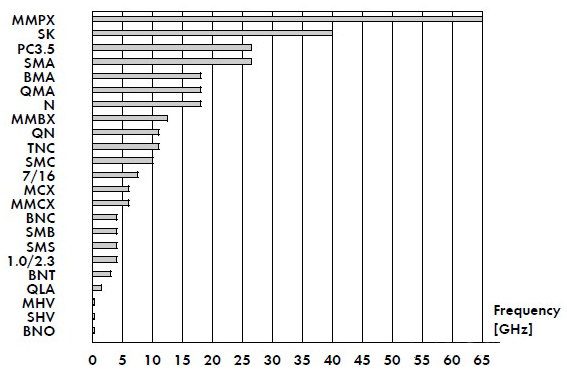

By Termination Method
1. Connector MIL-C-39012(GJB681)
2. Adaptor MIL-A-55339(GJB680)
3. Microstrip and ribbon line ML-C-83517(GJB976)
By Function
1. General-purpose type (Class 2) Precision type (Class 0, Class 1)
2. Special type (irradiation resistant, high voltage resistant, waterproof, etc.)
3. Multi-function type (including filtering, phase modulation, mixing, attenuation, detection, limiting, etc.)
RF Coaxial Connector Applications
Consumer electronics products generally do not require high reliability, because even if the product failure may restart normally. But for military products, medical products, automotive products, aviation products, and other important industrial equipment, the above applications once the product fails, the consequences are serious, so this occasion must use higher reliability of coaxial connectors.
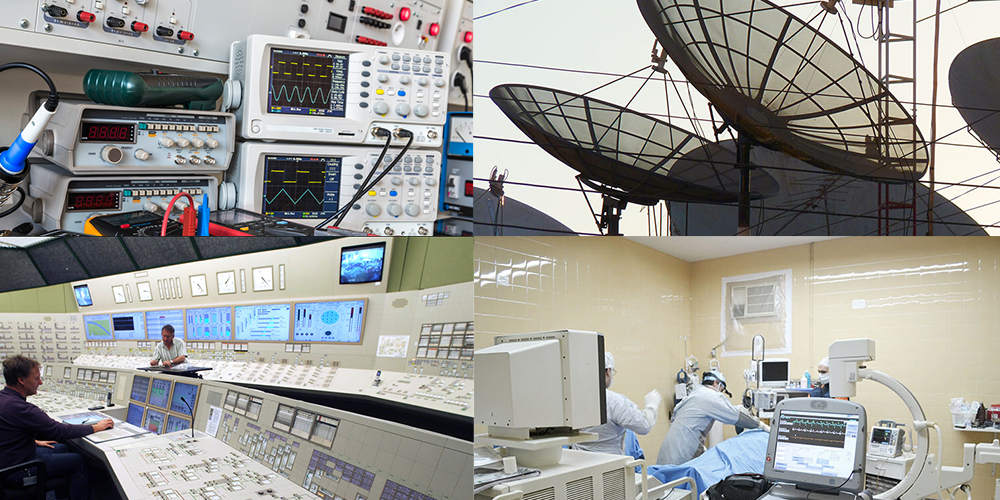

BNC is the earliest RF coaxial connector. During World War II, due to the urgent need for war, in order to compress the repair time, a part of excellent researchers and engineers in a relatively short period of time invented a fast insertion and separation of the connector BNC (Bayonets - Navy Connector), which became the beginning of the world's RF coaxial connectors.
With the development of radar, radio, and microwave communications, produced N, C, TNC, and other series. 1958 after the emergence of SMA, SMB, SMC, and other miniaturized products, 1964 to develop the U.S. military standard MIL-C-39012 "RF coaxial connector general specifications". From then on, RFC began to standardize, serialize and generalize, so the earliest development also started from the military industry department.
Because the United States is the world's largest general-purpose RF connector manufacturing and consumer country, its technical level is also first-class. Therefore, the U.S. military standard MLC39012 is considered the highest standard for RF connectors. Other advanced countries have standards such as Germany's DIN, British BS, Japan's JIS, and IEC standards.

